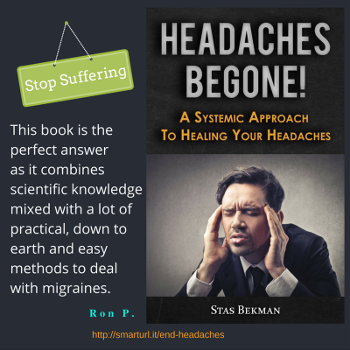2A.1 Niobium
Description
This article is from the Piercing FAQ, by Anne Greenblatt with numerous contributions by others.
2A.1 Niobium
Niobium is an elemental metal and is strong yet flexible and is slightly
heavier than 316L stainless steel. Niobium is chemically non-reactive.
Few
people are sensitive to niobium.
Niobium jewelry is available in a range of colors which are produced
through anodizing, not dyeing. During anodizing, the jewelry is
submerged in an electrolyte solution and voltage is applied. Anodizing
creates an oxide layer on the jewelry. The color results from
refraction of light through the oxide layer, and the thickness of the
layer determines the resulting color. The voltage applied during
anodizing determines the thickness of the oxide. The anodized oxide
eventually wears away, causing the color to fade or change; how long
the process will take depends on the thickness of the oxide layer is
and the amount of friction and wear on the jewelry.
Black niobium is achieved by heating the niobium until it is red-hot
and cooling it. After blackening, the jewelry can be polished. Black
niobium will not fade.
Niobium jewelry is available in matte ("satin") or high-polish
("mirror") finishes. Niobium is very porous making it difficult to
achieve a high polish. Poorly polished niobium can retain polishing
compound residue which is often toxic. Matte finish niobium should not
be used for new or healing piercings because the pores can trap
bacteria and the rough surface will to adhere to the interior of the
piercing, causing it to tear when the jewelry is moved.
Continue to:



